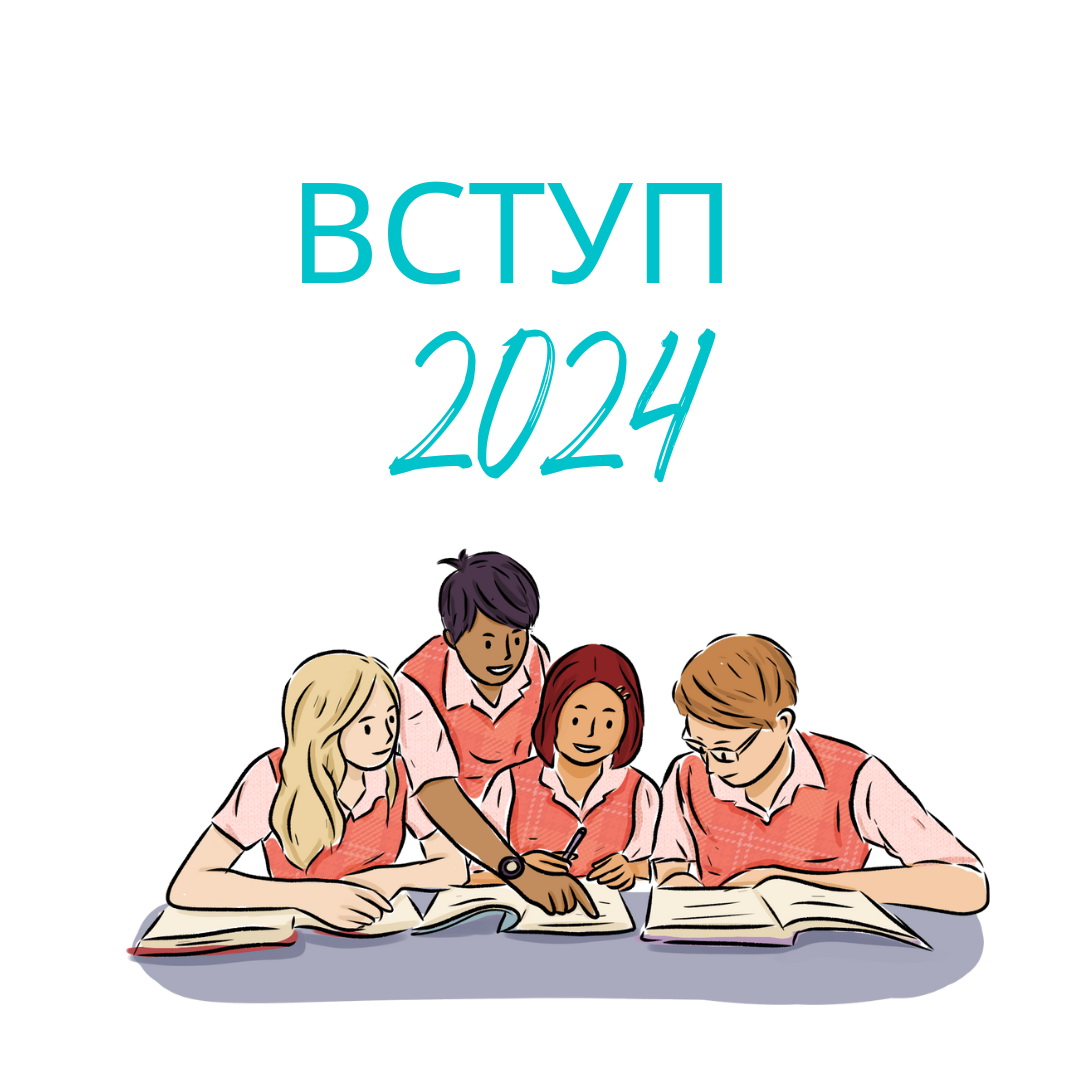 The "KPI Robotics Challenge" competition is aimed at popularizing robotics and programming, as well as revealing the intellectual and creative abilities of students and young scientists. The main objectives of the competition are:
The "KPI Robotics Challenge" competition is aimed at popularizing robotics and programming, as well as revealing the intellectual and creative abilities of students and young scientists. The main objectives of the competition are:
- Stimulating the creative self-improvement of students and young scientists.
- Popularizing the achievements of science and robotics.
- Developing algorithmic thinking and the ability to solve complex problems.
- Developing teamwork skills and achieving the desired result.
The competition aims to involve not individual participants, but teams.
Competitions are held in several independent categories. Individual teams are not required to participate in all types of competitions (although this is not prohibited), and they can choose the category that suits them best. Competitions in different categories usually take place at different times.
Principles of the Competition
The main principles of the competition are:
- Fairness.
- Independence.
- Openness.
Competition participants must present their ideas and write the code themselves. Plagiarism is not allowed. If plagiarism is found in the participants' code, the team will be disqualified.
Competition Categories
Competitions are held in four categories:
- Maze: Development of an algorithm and programming of a robot car, which must find the exit from the maze in the shortest possible time. [Competition Rules]
- Line Follower Robot Car: Development of an algorithm and programming of a robot car that must autonomously move along the line marked on the floor.
- Robot Car Racing: Development of an algorithm and programming of a robot car controlled by a smartphone or tablet application. The task is to control the robot car to pass the designated track as quickly as possible. In this category, you can use third-party applications or develop your own. In the latter case, additional points are awarded, significantly increasing the likelihood of winning.
- Kegelring: Development of an algorithm and programming of a robot car that must push all the kegels beyond the boundaries of the playing field in the shortest time possible (or similar objects, such as an empty paper cup, an empty aluminum can from under lemonade, etc.). The robot's movement is autonomous based on the analysis of obstacle signals and/or rangefinder signals.
- Hits: 1718








